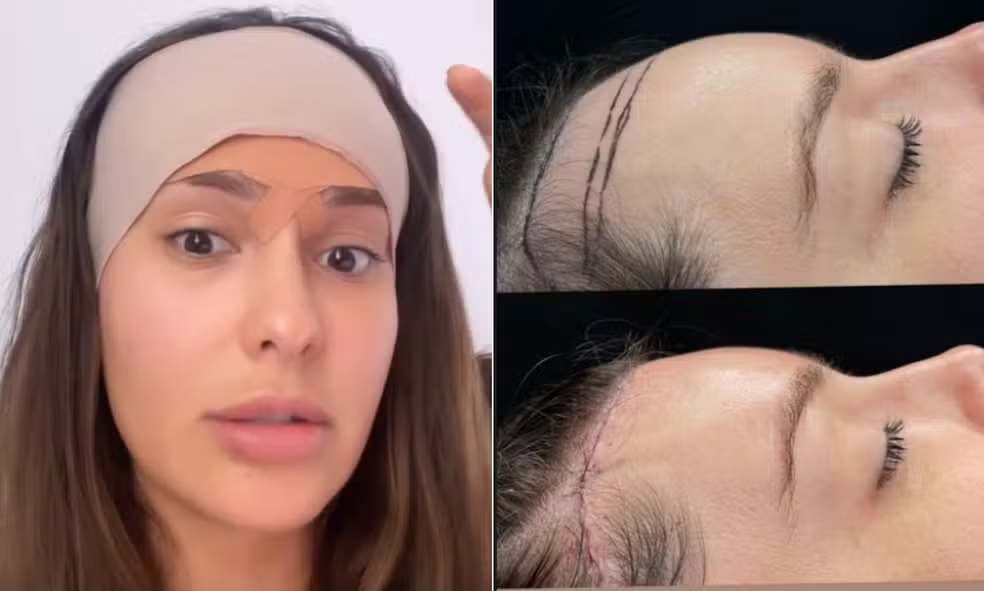Is a Drain Necessary in Abdominoplasty Surgery?
Abdominoplasty is one of the most popular cosmetic procedures for patients looking to reshape the abdominal area by removing excess skin, correcting muscle laxity, and treating diastasis of the rectus abdominis muscles. A common question among patients is: “Do I need a drain after surgery?”
Currently, the answer is not necessarily. The use of drains in abdominoplasty has become less frequent thanks to advances in surgical techniques that reduce complications and improve postoperative comfort.
Risks and Disadvantages of Using a Drain
Although drains were traditionally used to prevent fluid accumulation, they are not without risks. Some of the main disadvantages include:
- Visible scars: the drain exit site may leave permanent marks on the skin.
- Risk of infection: the drain can serve as a pathway for bacteria, increasing the chance of postoperative infection.
- Discomfort and limited mobility: many patients feel anxious about the drain and report difficulty moving during recovery.
For these reasons, the decision to use a drain should be carefully evaluated, considering the risks and impact on recovery.
Why Drains Were Used
During abdominoplasty, the surgeon performs a wide dissection of the skin and fat, separating these tissues from the underlying muscle. After this, muscle plication is performed, bringing the rectus muscles together to reinforce the abdominal wall.
When closing the incision, a “dead space” is created. This is an area where the separated skin and fat can move relative to the muscle, causing friction and shear.
In this space, there is a possibility of fluid accumulation, including blood and serous fluid, which can lead to seroma formation — a complication that causes swelling and may require drainage. Traditionally, a drain was inserted to remove this fluid.
Modern Technique That Eliminates the Need for Drains
In recent years, an innovative surgical technique developed by a Brazilian plastic surgeon has transformed abdominoplasty. This method involves placing strategic sutures in the dead space, securing the skin and fat to the muscle and eliminating friction between the layers.
With this approach:
- The risk of seroma formation is significantly reduced;
- Fluid accumulation during recovery is minimized;
- The need for a drain becomes almost entirely unnecessary.
This technique has been used for approximately 10 years, demonstrating consistent, safe, and comfortable results for patients.
Benefits of Avoiding a Drain
Avoiding drains offers several benefits for postoperative recovery:
- Reduced discomfort: patients can move more freely without the limitations imposed by drains.
- Fewer scars: no additional incisions are required to accommodate a drain.
- Lower infection risk: without a foreign body piercing the skin, the chance of contamination decreases.
- Faster recovery: less tissue trauma and manipulation promote quicker healing and return to normal activities.
Conclusion
Today, using a drain in abdominoplasty is not mandatory, thanks to modern techniques that eliminate dead space and prevent shear between dissected layers. Strategic suturing minimizes the need for fluid drainage, making the procedure safer and more comfortable for the patient.
If you are planning an abdominoplasty, discuss with your surgeon the latest techniques that eliminate the need for drains, ensuring a smoother recovery, reduced discomfort, and long-lasting aesthetic results.
Innovations in abdominoplasty allow patients to achieve a firm, defined abdomen without additional complications, highlighting the importance of choosing an experienced surgeon who is up to date with the best practices in cosmetic surgery.






